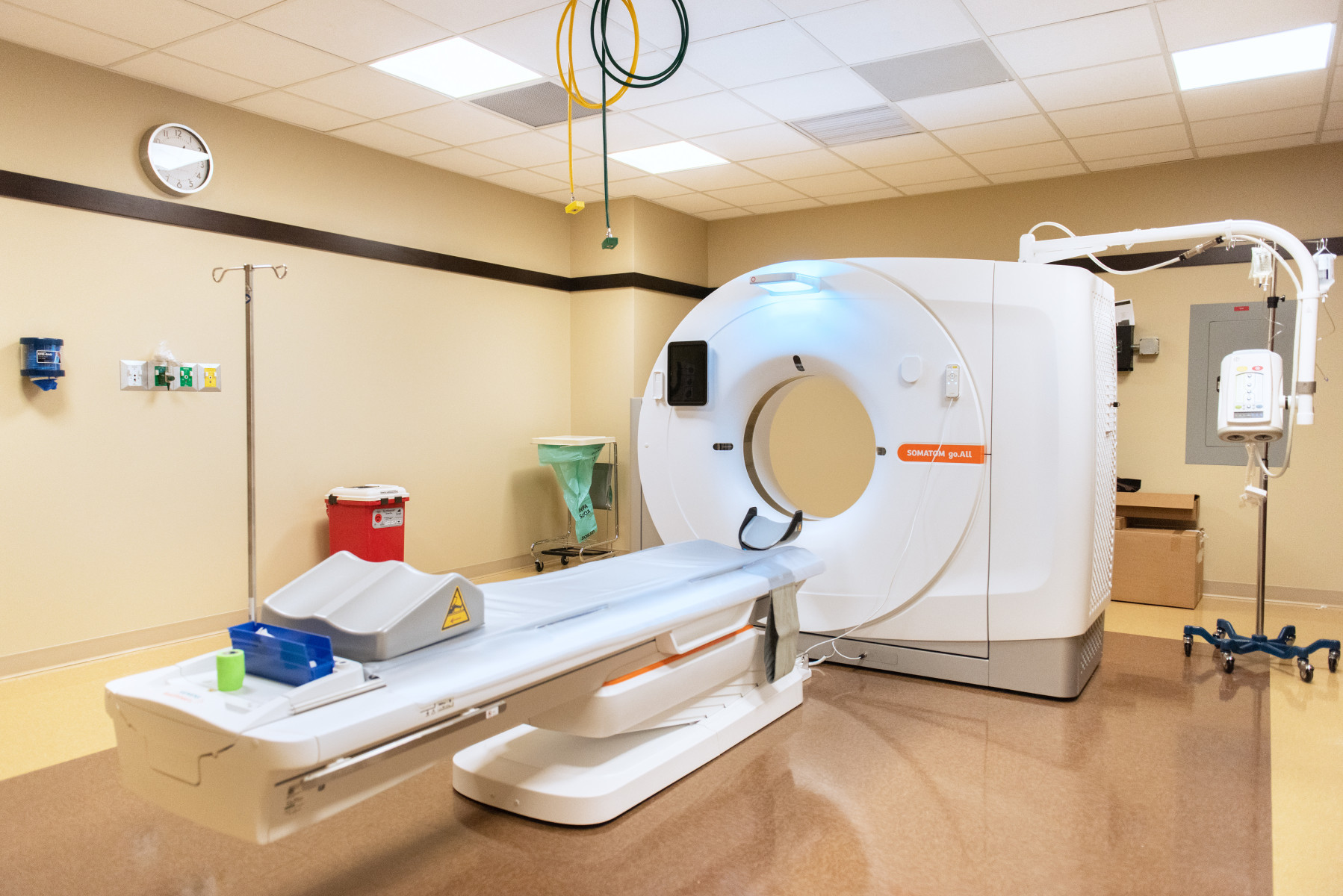
Northwestern Medicine scientists have developed a new way to measure heart contraction and electrical activity in engineered human heart tissues, according to findings published in Science Advances.
For years, heart research has been limited by a lack of cell models and has relied on animal models to substitute for human hearts, said Elizabeth McNally, MD, PhD, the Elizabeth J. Ward Professor of Genetic Medicine, who was co-senior author of the study.
“We need cells that actually beat and have electrical properties,” said McNally, who also leads the Center for Genetic Medicine. “We can collect blood cells from patients with genetic disease and turn them into stem cells in the dish. From these stem cells, we build three-dimensional engineered heart tissues that we can now carefully monitor. These models have many of the properties of human hearts.”
In the study, McNally and the collaborative team of clinicians, geneticists and bioengineers created human heart tissues in a dish using cardiomyocytes derived from induced pluripotent stem cells gathered from patients with genetic heart conditions. Normally, these cells are cultured on flat dishes, but investigators grew the cells in rings to better mimic live human hearts.

Next, scientists attached the engineered hearts to tiny, flexible sensors which recorded muscle and electrical activity in real time. The sensors were developed in collaboration with John A. Rogers, PhD, the Louis Simpson and Kimberly Querrey Professor of Materials Science and Engineering, Biomedical Engineering and Neurological Surgery, who was a co-senior author of the study, along with Igor Efimov, PhD, professor of Biomedical Engineering and of Medicine in the Division of Cardiology.
Finally, investigators induced irregular heartbeats in the cells and tested how the tissues responded to drugs normally used in patients to stabilize heart rhythms. Two types of commonly used heart drugs were tested, and both returned the tissues’ heartbeats to normal, according to the study.
“It’s been a struggle to characterize electrical properties well in these kinds of tissues,” said Dominic Fullenkamp, ’14 MD, ’12 PhD, ’16 ‘21 GME, assistant professor of Medicine in the Division of Cardiology and first author of the study. “This platform can tell us about the propensity of patients to develop arrhythmias. It can allow us to take an EKG on the tissues themselves, similar to how we interrogate the electoral properties of the patient’s heart in the clinic. That’s the real advantage.”

In addition to allowing clinicians to study individualized models of their patients’ hearts, the ability to monitor function in engineered tissues may accelerate heart research more broadly, McNally said.
“The next step is to figure out how to manufacture some of these little devices so that other people in the field are able to use these as well,” McNally said.
Using engineered heart tissues may alleviate some need for animal models in cardiac research, McNally said, and provide a human model for live hearts.
“If we get results out of the tissues that predict what happens in humans, that’s incredibly valuable for us,” McNally said. “We’ve used animal models in our field for a long time, but animal models only go so far in terms of predicting what’s going to happen in humans. This could decrease the amount of animal work that has to be done. We think having human cells is a good first step in being able to do that.”
The study was supported by the Querrey-Simpson Institute for Bioelectronics at Northwestern University and funding from National Institutes of Health grants HL168758, NIH HL128075, NIH K08HL 163392, NIH HL167813, as well as the Leducq Foundation.






